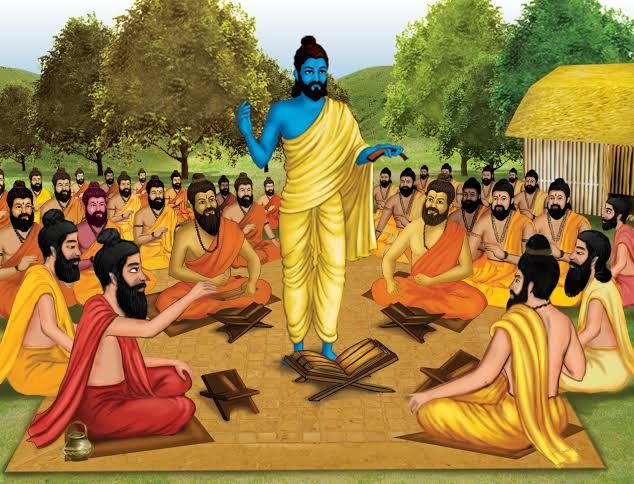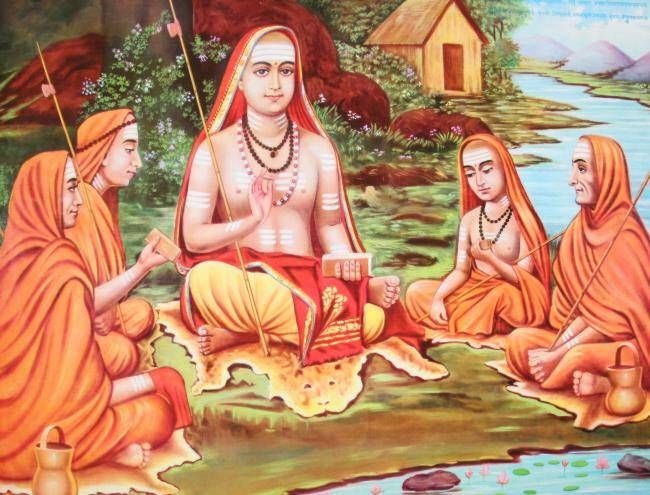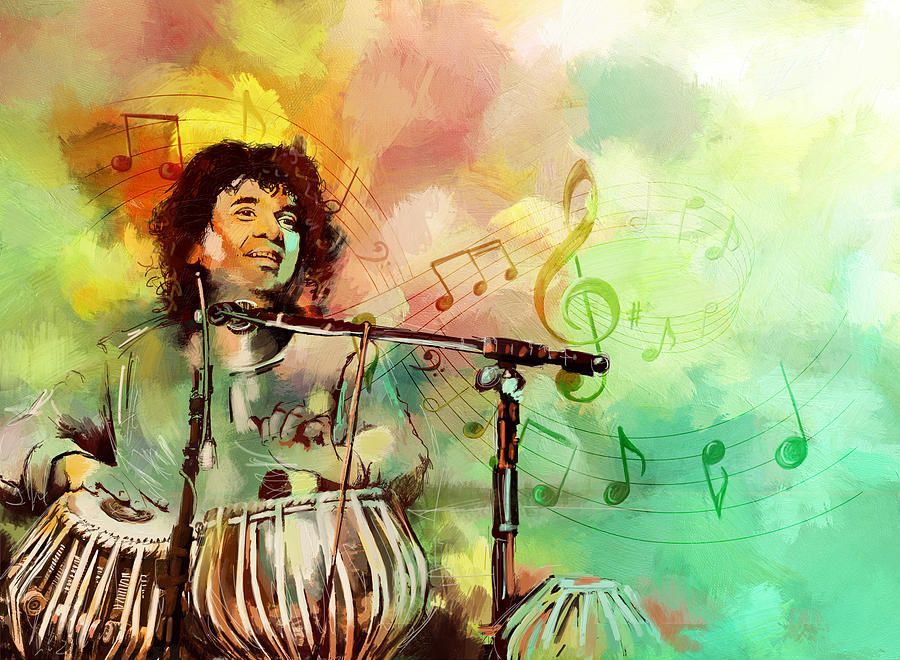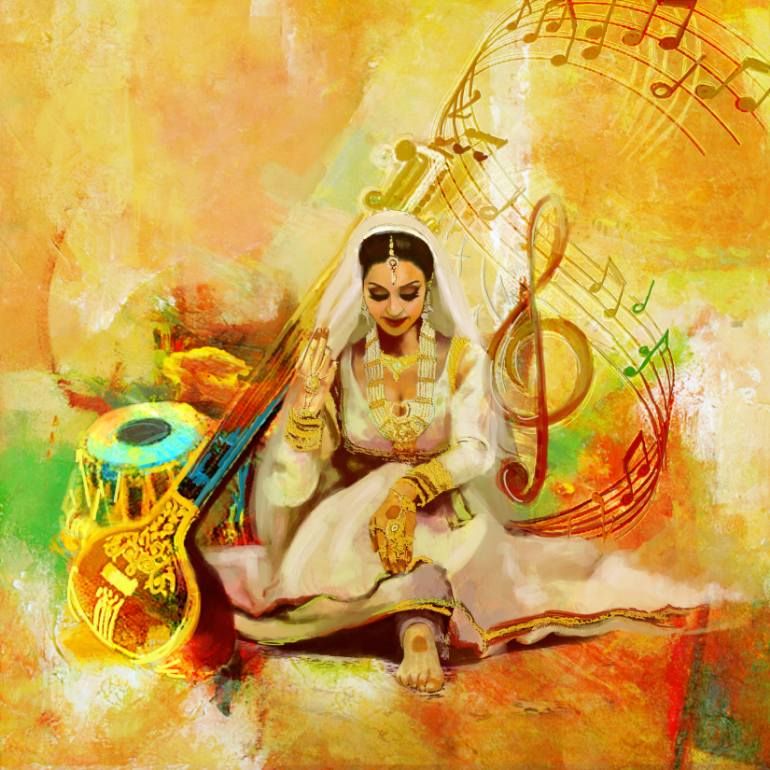Guru-Shishya Parampara
Apr 27, 2019 • 229 views
The etymology of guru defines it as weighty and grave in Sanskrit and comparing it to Latin gravis defines
guru as an elder knowledgeable
a person capable of preaching and teaching.

A Guru guidesthestudentfrom
thedarknessofignoranceinto
thelightofknowledge. Althoughthischaracterizationisan
interpretativedefinitionrather
thananetymologicaldefinition, itsuggeststhefigurativethe
emblematicpoweroftheguru—thehonouredpreceptoratthe
heartoftraditionallearningin
theIndianculture.

Thevastbodyofknowledgein
ancientIndiafollowed oral
traditions.All the knowledge from theVedas, theUpanishads, andtheotherreligioustexts
weretransferredformany
generationsorally, it was onlylaterwhentheseancient
textswere inked down.
TheoraltraditioninIndia
requiredalivingrepresentative—theguru—whobothpersonifiedandtransferred
thetime-honouredknowledge.

Inseparable traditions of father
passing down his worthy
scholarship to his descendent/son
has also been followed since
theVedictimes which is significant
as propagation, theage-oldknowledgeviaparampara, signifieslineage, progeny, uninterruptedroworseries, successionortradition.
The core components oftheoraltradition followed in
Inisis:
• theguru (the teacher)
• theshishya (the student)
• theparampara, (which is the
transfer ofknowledgeinwhich
theguruandtheshishyaand this passing down of traditions
happened for every generation).

Even in present-day India, Oraltraditionsforimparting
knowledgeisstillprevalent.
On the other contrary, the sciences
andarts tend to create
directcontact betweenthem
teacherandtaught to diffuse
through. Ayurveda, theancientsystemofmedicine,
still follows traditional
teachingmethods.

The immediate example of oral traditions in our daily life is the storytelling done by grandparents regarding ancientIndianlegends,
fables, as well as mythsand paint
a lively picture of the story for their come grandchildren.

Even drama, theatre, dance, andclassicalmusicdependonthe passing down of their rich traditions tobe thesubsequentgenerations.


